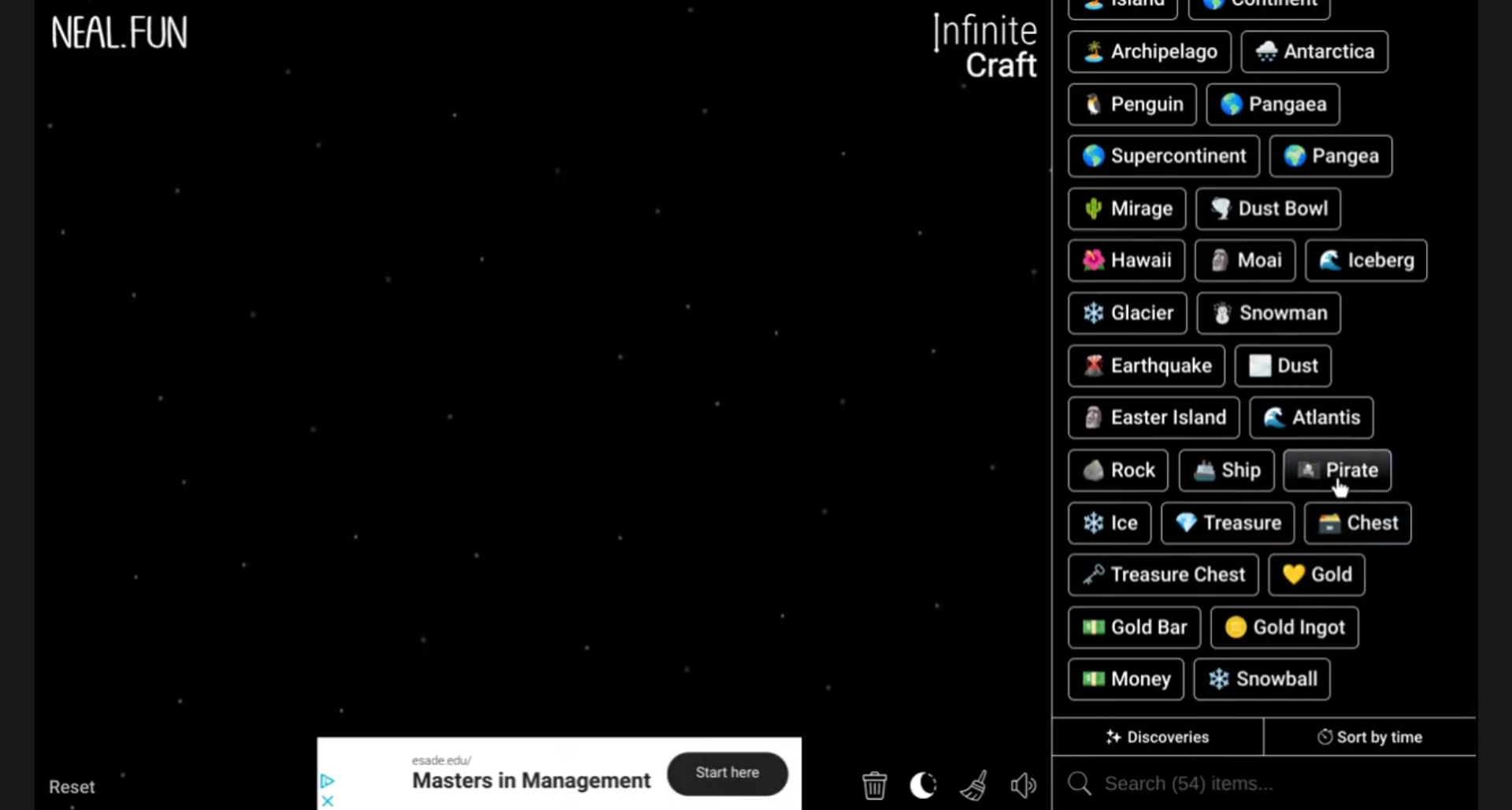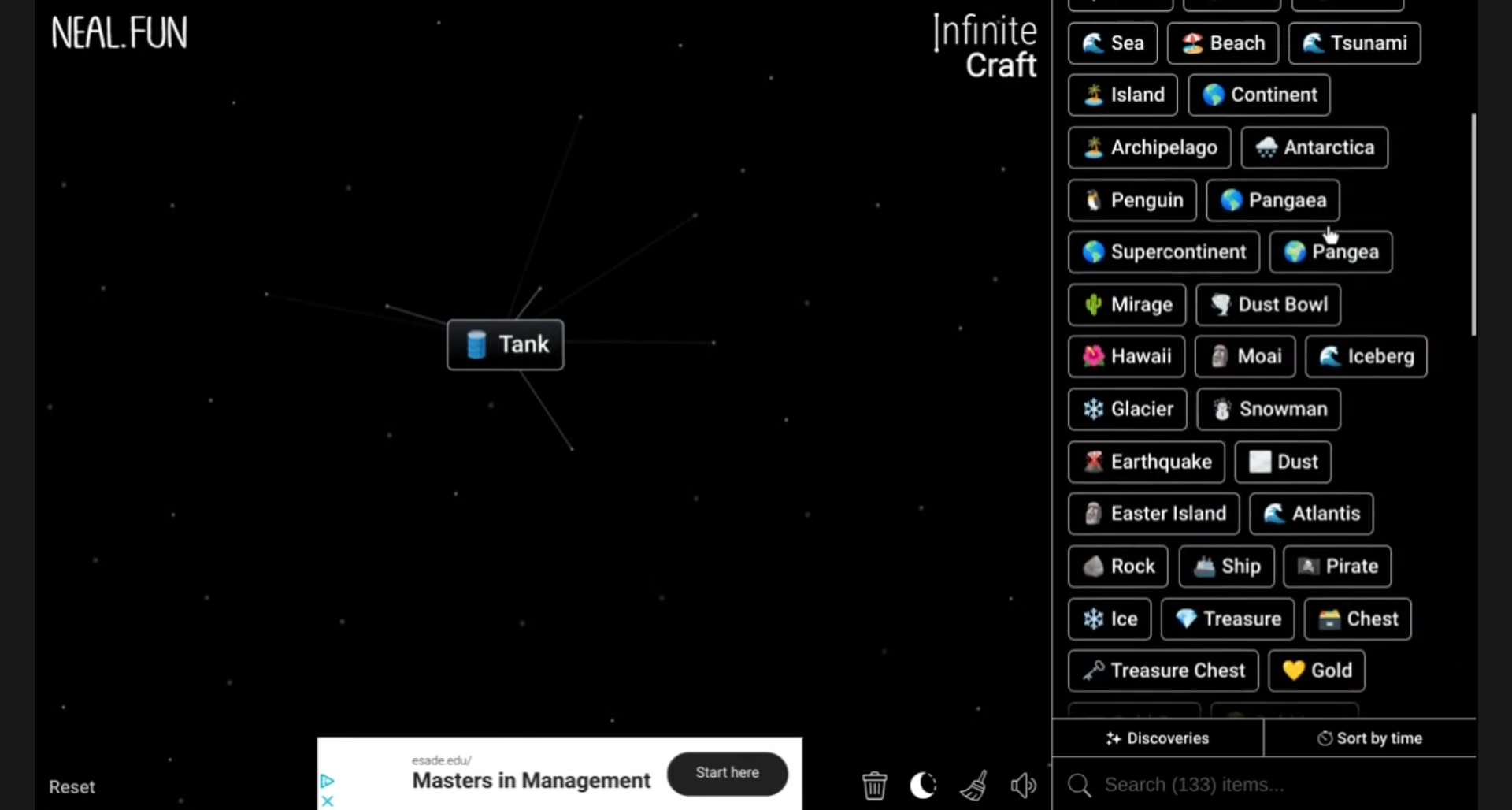In recent years, Genshin Impact has become a household name in the gaming industry, captivating millions of players worldwide with its lush landscapes, unique characters, and engaging gameplay mechanics. This free-to-play action RPG, developed by miHoYo, has earned acclaim for its stunning graphics and expansive world filled with intricate lore and exciting quests. But what if you want to create your own version or a game inspired by Genshin Impact? That’s where Infinite Craft comes in. This platform provides aspiring game developers with the tools necessary to bring their visions to life. This guide will explore how to make Genshin Impact in Infinite Craft, covering everything from basic game development concepts to final publishing and community engagement.

Understanding the Fundamentals
Basic Game Development Concepts
Understanding the fundamentals of game development is crucial for creating a game that resonates with players. Key elements include:
– **Game Mechanics**: Developing a clear set of mechanics that dictates player interactions and the game’s behavior.
– **Graphic Design**: An essential aspect that brings the game’s world to life. It involves creating appealing visual elements and designing user-friendly interfaces.
– **Sound Design**: A critical component that enhances the player experience through immersive sounds and music.
By grasping these core concepts, you can efficiently navigate the process of developing your game and understand how to make Genshin Impact in Infinite Craft.
Tools Required
To embark on your game development journey, you’ll need an arsenal of tools. Here are some recommendations:
– **Game Engines**: Consider using Unity or Unreal Engine, both renowned for their powerful capabilities and wide-ranging support for indie developers.
– **Art and Design Software**: Tools such as Blender for 3D modeling and Photoshop for texture design are invaluable. They allow you to create stunning visuals that rival Genshin Impact.
Designing the Game Environment
Setting the Landscape
Creating a vibrant and immersive environment is essential. Here are some tips to get started:
– **Choosing Biomes**: Design various landscapes such as enchanted forests, snowy mountains, or bustling cities that players can explore.
– **Implementing Weather and Day/Night Cycles**: Adding these elements can create a realistic atmosphere, enhancing the overall immersion.
Incorporating Interactive Elements
Interactive objects and NPCs will make your world feel alive. Consider the following:
– **Interactive Objects**: Items that players can interact with can enhance gameplay significantly. For instance, treasure chests or collectible items should be scattered throughout the map.
– **Quests and Side Missions**: Implementing quests not only gives players goals but also encourages them to explore the rich landscapes you’ve created.
Character Creation
Designing Playable Characters
Character design is an essential aspect of any game. Key considerations include:
– **Backstory and Development**: Giving your characters rich backstories can help players form emotional connections with them.
– **Unique Abilities and Skills**: Design skills that give each character a distinct playstyle, much like the diverse cast found in Genshin Impact.
Implementing Diverse Characters
Diversity in character design enriches your game. Here are some ideas:
– **Reference Genshin Impact Homes**: Look at how the game diversifies its characters not only in abilities but also visually and culturally.
– **Cultural Inspirations**: Draw from various cultures around the world to create compelling and visually distinct characters that resonate with a broader audience.
Game Mechanics and Combat System
Developing Combat Mechanics
Creating a well-balanced combat system is crucial. Consider these options:
– **Real-Time Combat vs. Turn-Based**: Decide whether you want fast-paced, real-time action or strategic turn-based play styles.
– **Balancing Character Skills**: Ensure that no single character overshadows others by establishing a fair balance among combat abilities.
Elemental System Inspiration
Genshin Impact features a unique elemental system. Incorporate similar mechanics by:
– **Creating Elemental Interactions**: Design interactions between different elements. For example, fire could ignite vegetation or water could create ice.
– **Skill Upgrades**: Allow players to unlock and improve elemental skills through gameplay.
Story and Quests Development
Crafting a Compelling Narrative
Storytelling is crucial for RPGs. Here’s how to engage your audience:
– **Main and Side Quests**: Develop a rich narrative with a primary storyline complemented by engaging side missions.
– **Character Arcs**: Ensure characters experience growth throughout the narrative, allowing players to form deeper connections.
Quest Mechanics
To enhance gameplay, focus on:
– **Designing Engaging Quests**: Create quests that require exploration and innovative thinking.
– **Incorporation of Puzzles and Challenges**: Add layers of complexity to quests to keep players engaged and coming back for more.
Art Style and Graphics
Visual Style
Choosing the right art style can set the tone for your game. To achieve engaging visual aesthetics, you can:
– **Discuss Various Art Styles**: Consider adopting an anime style similar to Genshin Impact or mixing realism to create a unique look.
– **Techniques for Engaging Visuals**: Leverage tools and strategies that allow you to develop visually interesting scenes.
Animation Techniques
Animation plays a pivotal role in bringing your characters and environments to life. Explore options like:
– **Motion Capture vs. Manual Animation**: Decide which method suits your project best. Motion capture could enhance realism, while manual animation might offer more creative freedom.
Sound Design and Music
Importance of Sound in Gaming
Sound can drastically enhance gaming immersion. It’s essential to consider:
– **Overview of Sound Effects**: Ensure sound effects align with gameplay. For instance, footsteps should differ according to the terrain.
– **Ambient Sounds**: Background noises can immerse players in specific environments, making them feel part of the world.
Creating an Immersive Soundtrack
A great soundtrack can elevate your game. Here are some tips:
– **Composing Music or Selecting Tracks**: Collaborate with composers or use royalty-free music that sets the right mood and tone.
– **Considering Cultural Influences**: Bring a unique flavor to your soundtrack by incorporating instruments and styles from various cultures.
Testing and Optimization
Importance of Game Testing
Testing is crucial for refining your game. Make sure to cover:
– **Testing Phases**: Conduct comprehensive tests through alpha releases and closed beta sessions, allowing select players to experience the game early.
– **Gathering Feedback**: Use player feedback to identify issues and enhance game mechanics.
Optimizing Performance
Improving load times and framed rates is critical. To optimize performance:
– **Reduce Load Times**: Test and streamline assets and code for quicker loads.
– **Enhance User Experience**: Aim for a seamless experience that keeps players immersed.
Publishing and Community Engagement

Platforms for Publishing
Finding the right platform to share your game can make a significant difference in your success. Popular options include:
– **Steam and itch.io**: These platforms are excellent for reaching indie game enthusiasts and offer tools for community engagement.

Building a Community
Creating a community can foster ongoing engagement. Here are some strategies:
– **Engagement Through Social Media**: Use platforms like Twitter, Instagram, and Discord to communicate with players and share updates.
– **Player Feedback**: Encourage players to provide input on their experience to continuously improve the game.
Conclusion
Embarking on your journey to create a game similar to Genshin Impact using Infinite Craft is both a thrilling and educational experience. With the right approach and determination, you can bring your ideas to life. The possibilities in game development are boundless. Equip yourself with the tools and knowledge discussed in this guide, and you’re well on your way to creating engaging gaming experiences.
FAQs
Common Questions:
– What is the skill level required to start?
Beginners can start with basic tutorials and gradually build skills as they progress.
– Are there free resources available?
Yes, numerous free resources and communities online, such as Unity Learn or Blender tutorials, can help you get started.
– How can I collaborate with others in development?
Platforms like GitHub and game development forums offer ways to connect with like-minded developers.
Table: Summary of Key Points
| Topic | Key Points |
|---|---|
| Game Development Basics | Understand mechanics, design, and sound. |
| Tools Required | Unity, Unreal Engine, Blender, Photoshop. |
| Environment Design | Create biomes and active elements. |
| Character Creation | Develop backstory and unique abilities. |
| Combat System | Balance combat mechanics and skills. |
| Story Development | Create engaging quests and character arcs. |
| Sound and Music | Design immersive sounds and impactful music. |
| Publishing Strategies | Select platforms and engage community. |